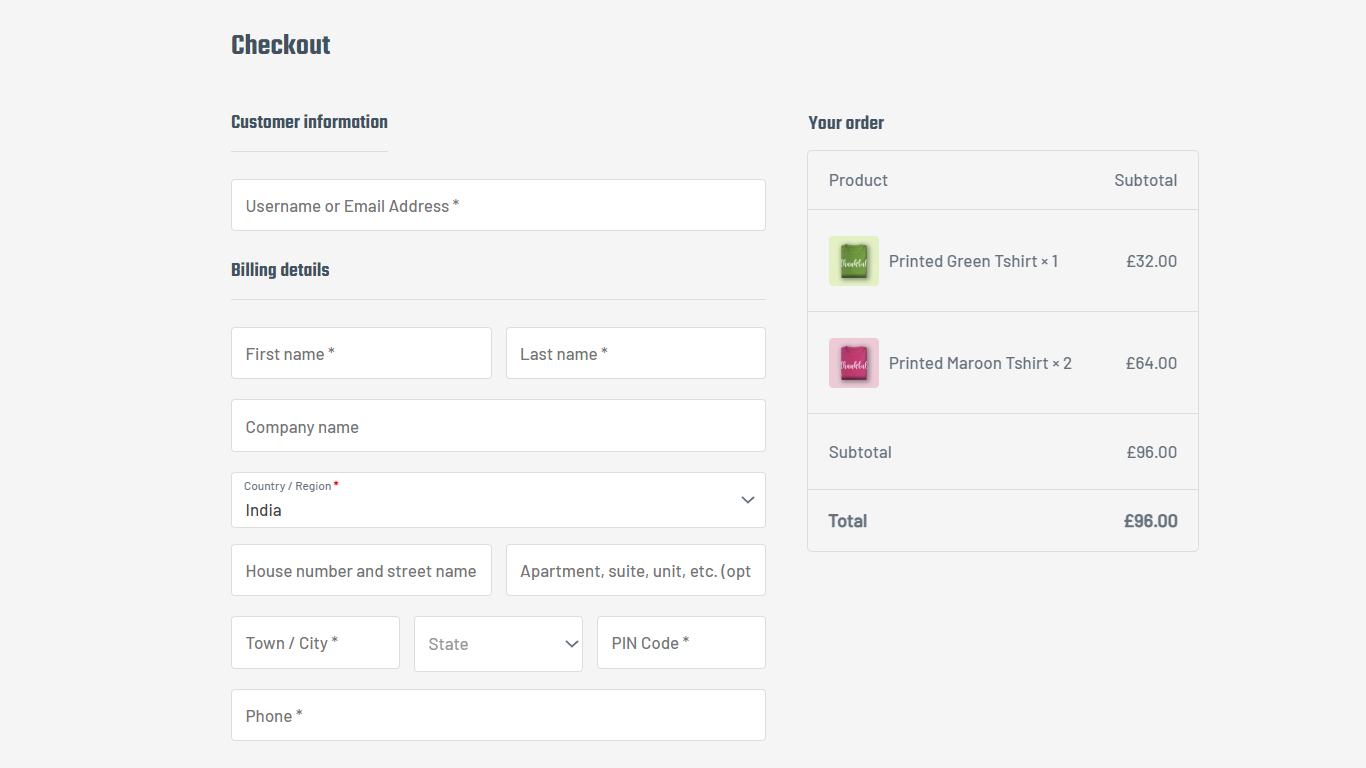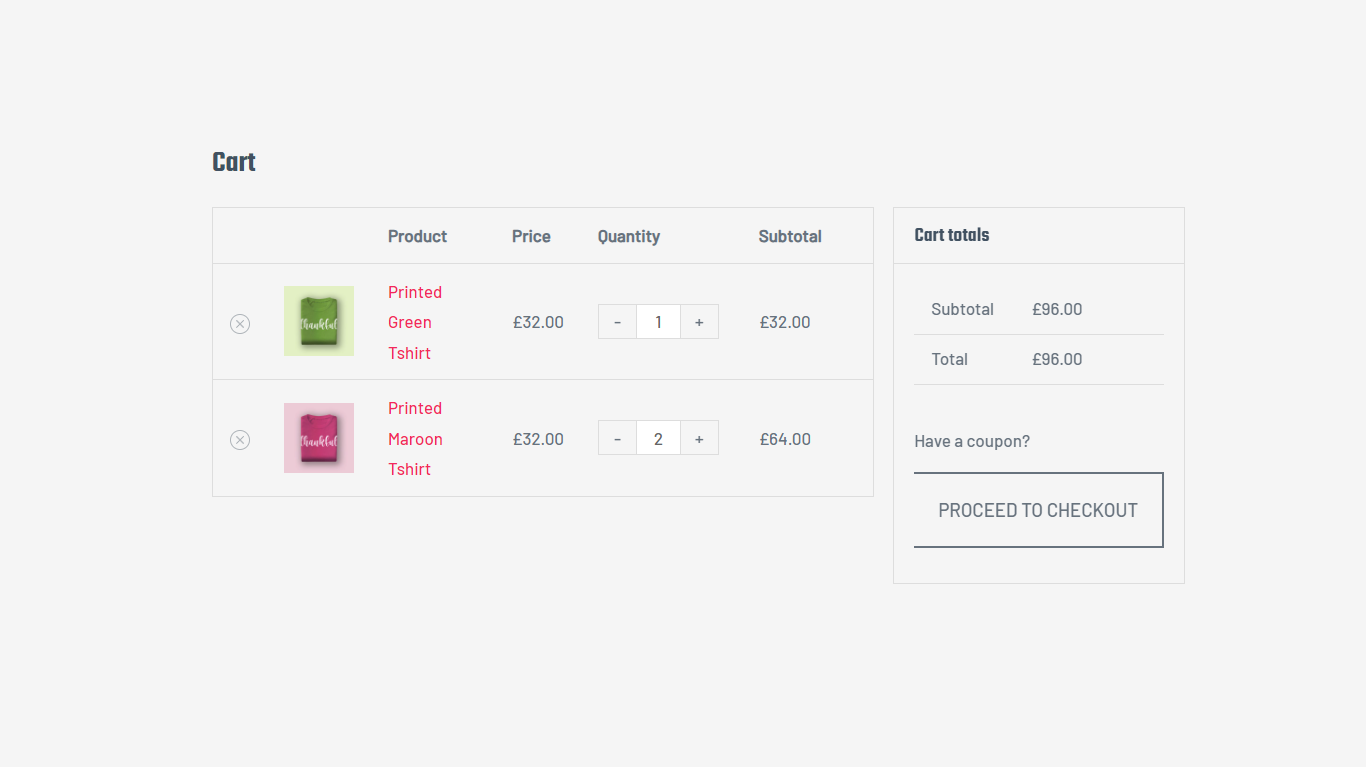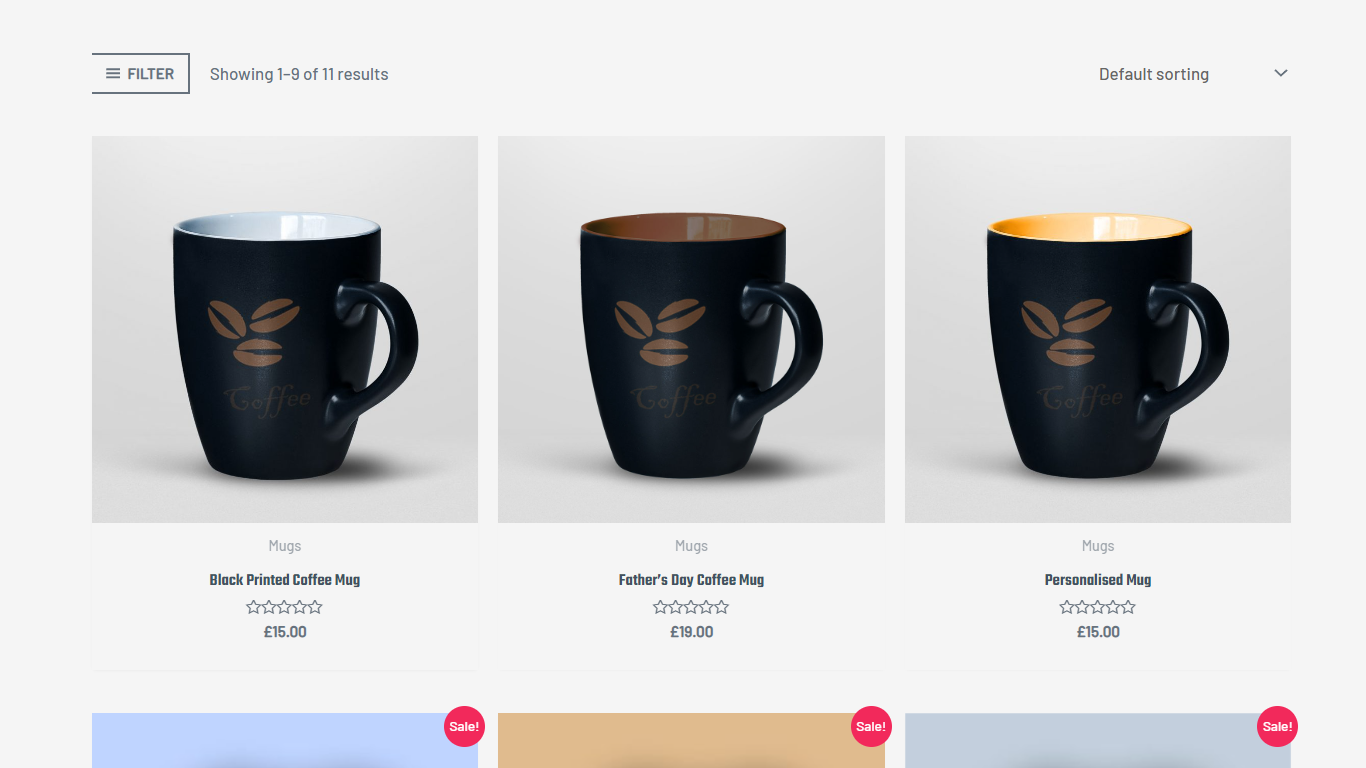Introduction
As a backend engineer, I’ve been involved in developing a fully-featured e-commerce website, providing a seamless shopping experience for users and a robust management system for vendors. The complexity of features like authentication, payment processing, and vendor management made this an exciting project. In this blog, I’ll take you through the core features I implemented to bring the platform to life.
The Project
 The e-commerce platform was designed to be scalable, secure, and user-friendly. Key features include:
The e-commerce platform was designed to be scalable, secure, and user-friendly. Key features include:
- User Authentication and Authorization
- Payment Gateway Integration
- Order Processing and Tracking
- Vendor Management
- User Profile and Cart Functionalities
- Search and Filtering
Each of these features posed unique challenges, and here’s how I approached their implementation.
User Authentication and Authorization
 For a secure and flexible authentication system, I implemented JWT (JSON Web Token)-based authentication to ensure secure access to protected API routes. Additionally, I integrated OAuth 2.0 to enable users to log in via third-party providers like Google and Facebook.
For a secure and flexible authentication system, I implemented JWT (JSON Web Token)-based authentication to ensure secure access to protected API routes. Additionally, I integrated OAuth 2.0 to enable users to log in via third-party providers like Google and Facebook.
Key aspects:
- JWT Authentication: Each API request is authenticated with a token to ensure user identity is verified.
- OAuth 2.0: Social logins allow users to sign in with existing accounts from other platforms, simplifying the user experience.
Payment Gateway Integration
 I integrated Stripe and PayPal for payment processing, ensuring secure transactions for users.
I integrated Stripe and PayPal for payment processing, ensuring secure transactions for users.
Key aspects:
- Stripe/PayPal API Integration: The payment process is handled seamlessly through the Stripe and PayPal APIs, which support multiple payment methods, including credit cards and digital wallets.
- Webhook Implementation: Webhooks notify the platform of payment events, such as successful payments and refunds.
Order Processing and Tracking
Order processing was a critical part of the platform, handling everything from cart to final order completion.
Key aspects:
- Order Management System: Orders are processed in real-time, with status updates at every stage.
- Tracking System: A tracking system was implemented to allow users and vendors to follow the order’s progress from payment confirmation to delivery.
Vendor Management
Vendors are a key part of any marketplace. The platform includes a vendor management system that allows vendors to handle their own products and view analytics.
Key aspects:
- Vendor Dashboard: Vendors have access to a dashboard where they can add products, manage inventory, view orders, and track analytics.
- Product Management: Vendors can update product information such as price, stock levels, and descriptions.
Profile and Cart Functionalities
 User profiles and shopping carts play a vital role in the user experience. I ensured that users could manage their profiles and carts efficiently.
User profiles and shopping carts play a vital role in the user experience. I ensured that users could manage their profiles and carts efficiently.
Key aspects:
- User Profiles: Users can update their personal information, manage payment methods, and view order history.
- Cart Management: Users can add and remove items from their cart, and the cart state is saved across sessions, ensuring a smooth checkout experience.
Search and Filtering
 A fast, reliable search and filtering system is crucial for e-commerce platforms. I implemented a powerful search engine to handle large catalogs.
A fast, reliable search and filtering system is crucial for e-commerce platforms. I implemented a powerful search engine to handle large catalogs.
Key aspects:
- Elasticsearch Integration: The search engine uses Elasticsearch for fast, full-text search capabilities across product catalogs.
- Filtering System: Users can filter products based on various criteria such as price, category, and ratings, helping them find the products they need quickly.
Conclusion
Building this e-commerce platform was a rewarding experience that challenged me to design and implement a wide range of features. The platform’s key components—authentication, payment gateways, order processing, vendor management, profile, and search functionalities—were developed with scalability and security in mind. This project allowed me to sharpen my skills as a backend engineer, and I’m excited to continue refining the platform with future improvements.